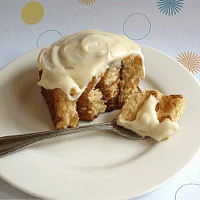 Active dry or fresh yeast can be proofed for use in bread recipes. This is not to be confused with the fermentation process; among professional chefs, fermentation is referred to as “primary fermentation,” while the second bread rise is called “proofing”. Proofing is used to see if the yeast is fresh and active before using in a recipe. Some experienced bakers skip this process. If you're new to bread baking or unsure about your yeast, I recommend proofing. If you do, the yeast is considered dissolved and ready to use in a recipe.
Active dry or fresh yeast can be proofed for use in bread recipes. This is not to be confused with the fermentation process; among professional chefs, fermentation is referred to as “primary fermentation,” while the second bread rise is called “proofing”. Proofing is used to see if the yeast is fresh and active before using in a recipe. Some experienced bakers skip this process. If you're new to bread baking or unsure about your yeast, I recommend proofing. If you do, the yeast is considered dissolved and ready to use in a recipe.
After time, the dissolved yeast should smell yeasty, tiny bubbles should appear, or the mixture may become foamy. If none of this happens, and you're sure that the water you used was not too hot, it may be that you have some “tired” yeast. However, I have made many breads where there were very few bubbles formed on the surface of the yeast, simply because I did not add much sugar — but, you should at least see some activity and smell a yeast aroma. Present day yeasts are encapsulated with a food source to keep them alive until you add the flour, sugar and other food sources.
If active, use immediately in a recipe, adjusting for water or milk, sugar and yeast used in the proofing process. Make sure all liquids are at 105-115 degrees F (ice-cold water kills yeast) and add it to the proofed yeast. Remember to stir. Don't add the salt yet because it is too strong and will kill the yeast if added in at this stage. Rather, stir it into with the second cup of flour.
If you suspect your yeast might be too old, your best bet is to get a new batch and start again.
HOW TO PROOF YEAST
1. Place 1/4 cup of the warm milk or water in a small bowl. Stir in 1 to 2 teaspoons sugar.
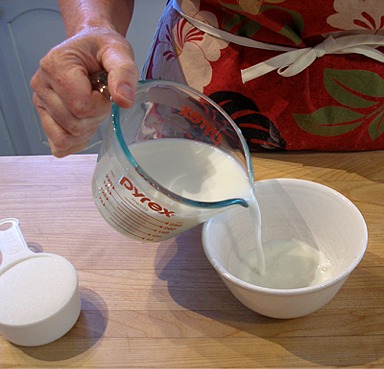
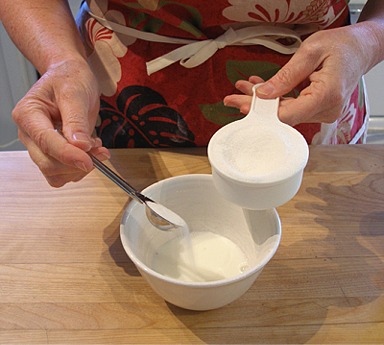
2. Sprinkle the yeast over the surface of the milk / sugar mixture. Let sit for about 20 seconds until moistened.
Stir. Set the mixture aside to proof for 10 minutes.
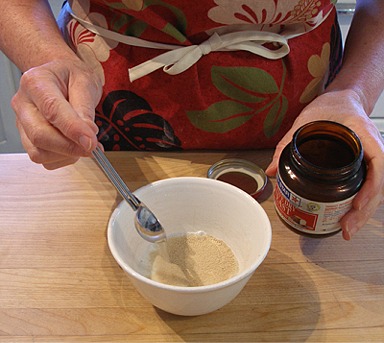
3. Tiny bubbles should begin to appear on the surface or around the edge of the container and it should start to smell yeasty.
Some varieties will cause the whole mixture to expand slightly.
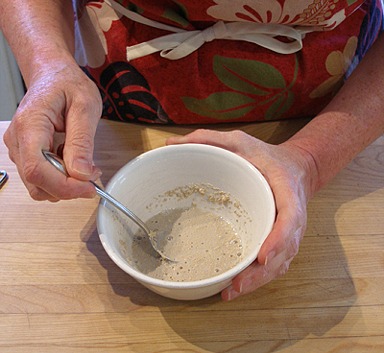
Proofing Yeast Conclusion
One of the biggest reasons to proof yeast is to use it in a variety of bread recipes. Some experienced bakers will skip the yeast proofing process, but if you're relatively new to baking or using yeast, it can be beneficial to proof yeast to be sure that it is fresh before including it in your recipe.


